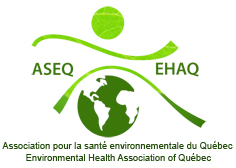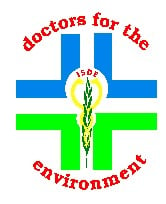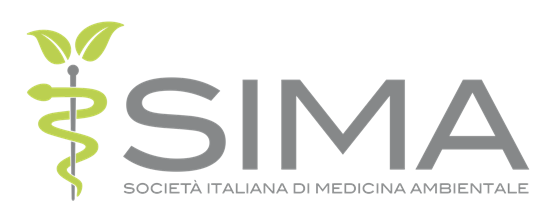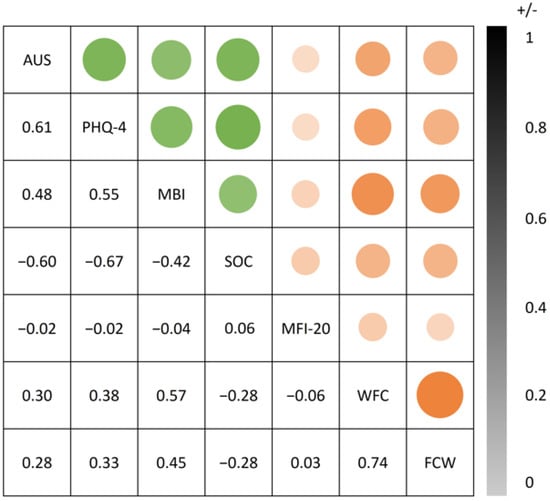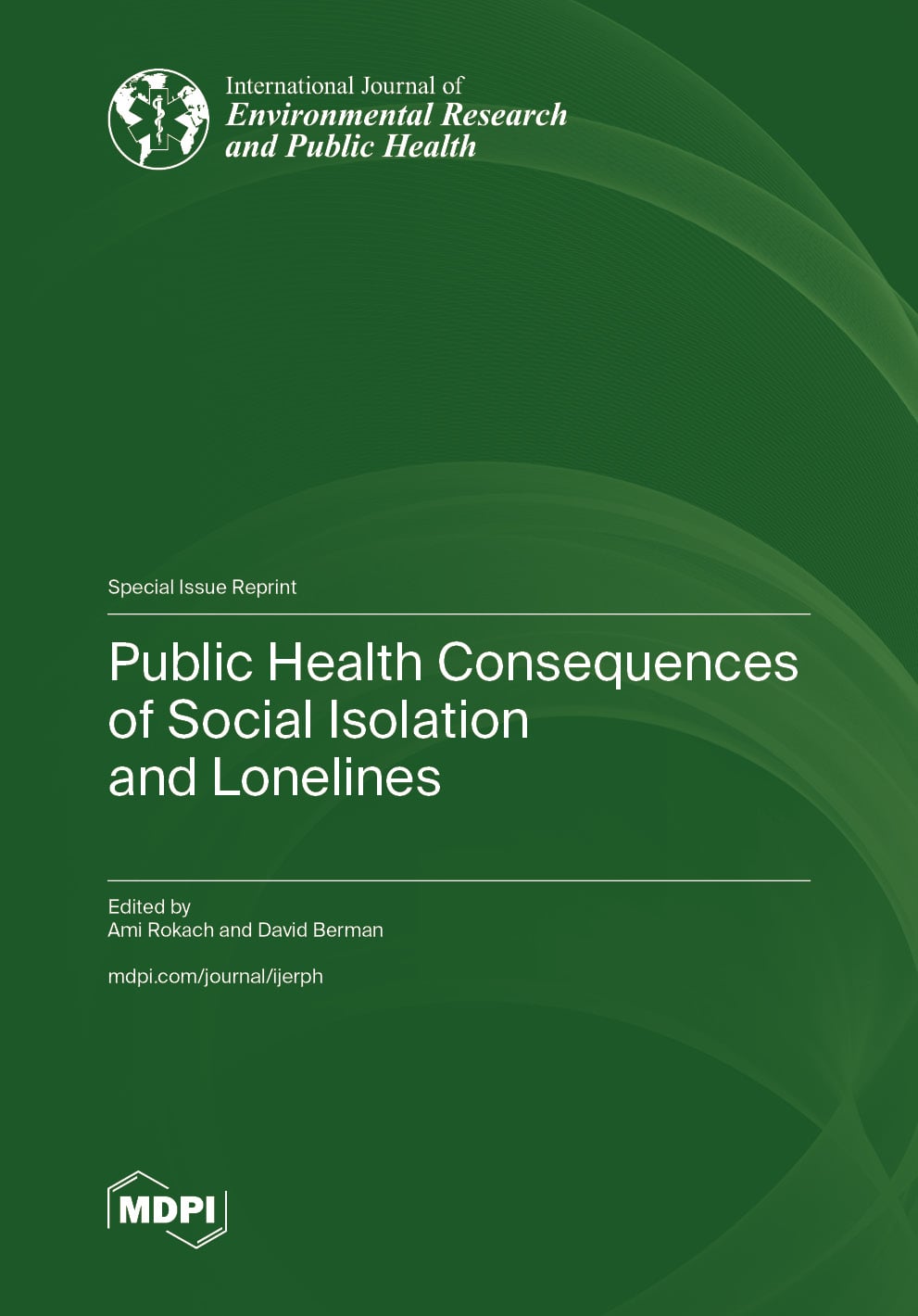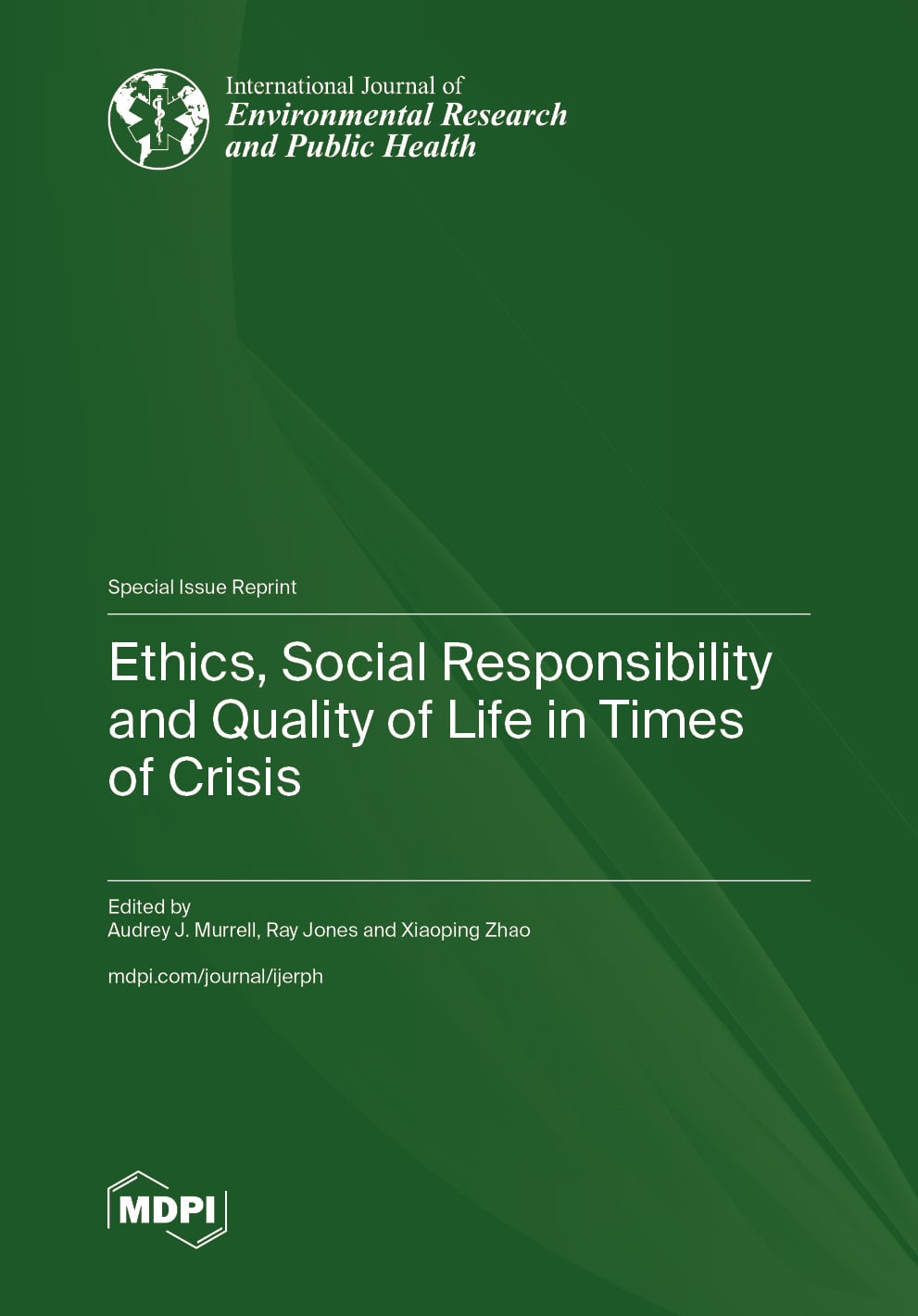- Article
Validation of the Ambivalence and Uncertainty Scale
- Julia-Katharina Matthias,
- Andreas M. Baranowski and
- Anna C. Culmann
- + 8 authors
Background: This study aimed to validate the Ambivalence and Uncertainty Scale (AUS), developed to measure dispositional ambivalence, ambivalence intolerance, and decision-making difficulties, particularly among healthcare professionals during high-stress situations such as the COVID-19 pandemic. Method: Cross-sectional data from 1240 German healthcare professionals were analyzed. Exploratory factor analysis (EFA) was employed to evaluate the scale’s dimensionality, while internal consistency and construct validity, including convergent and divergent validity, were assessed using correlations with relevant psychological constructs. Results: The EFA revealed a unidimensional structure explaining 64.33% of variance, indicating a single underlying trait. The AUS demonstrated excellent internal consistency (Cronbach’s α = 0.86) and strong convergent validity, evidenced by significant positive correlations with anxiety and depressive symptoms (r = 0.63) and burnout (r = 0.48), and a negative correlation with sense of coherence (r = −0.60). Divergent validity was supported through minimal correlation with unrelated constructs such as fatigue (r = −0.02) and a moderate correlation with work–family conflict (r = 0.31). The AUS effectively captures dispositional ambivalence and uncertainty tolerance, highlighting its relevance in psychological adaptation and resilience among professionals in stressful environments.
29 December 2025


